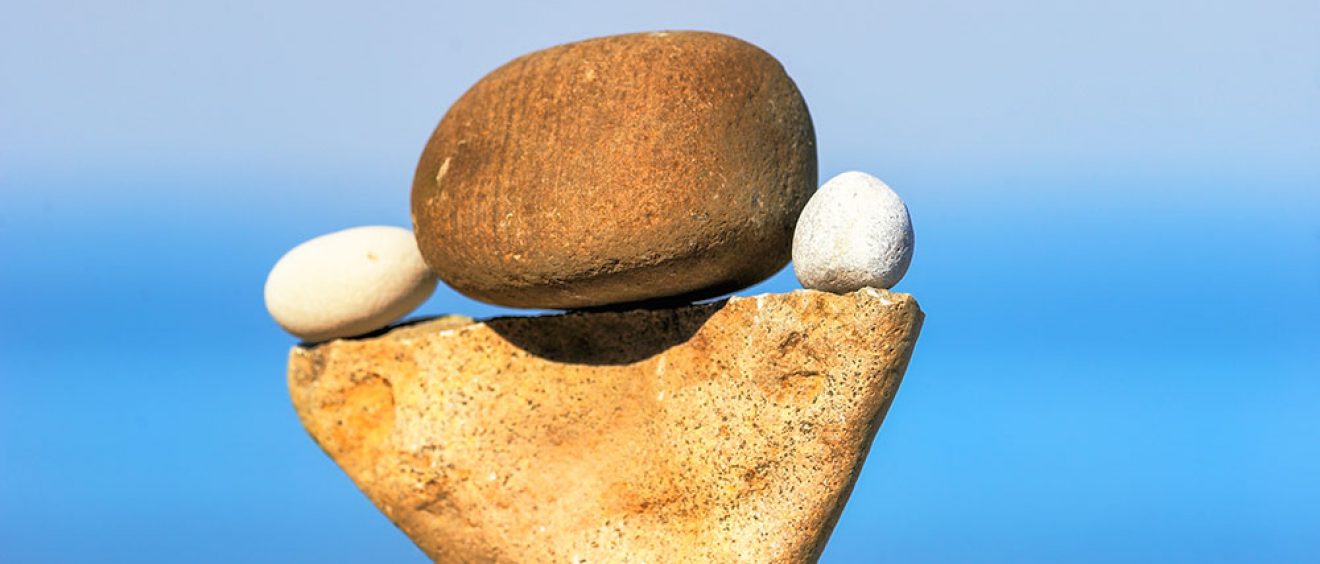
Yoga for Upper Back Pain
The skeleton is an amazing chassis, the support structure for movement and a protector of our internal organs and glands. Just like a car chassis, we may start out with our own unique skeletal attributes and over the years add wear and tear. Upper back pain can occur due to our work or lifestyle, our structural/skeletal uniqueness, a medical condition, or trauma/injury.
Upper back pain is often felt around the shoulder blades or in or around the upper part of the spine. Sometimes the pain relates to muscle tightness and tension caused by poor posture, work habits or hobbies. For some individuals upper back pain is a daily part of their life, especially when it relates to scoliosis, osteoporosis or significant trauma or injury.
Yoga may be a helpful way to eliminate, reduce or manage upper back pain. Yoga postures, guided by breath, improve posture by improving strength and flexibility in the muscles that support the upper back, neck, shoulders and chest. Yoga practice can also help create healthier patterns of movement and increase awareness of how you are using your body.
The best yoga approaches for upper back pain use a combination of: 1) repetition in and out of postures guided by breath, 2) staying in some postures to create a deeper effect once the body is warmed up, 3) specific sequencing of postures and 4) adaptation of the postures to address the practitioner’s specific needs.
Try a few simple yoga postures (or the posture below) with awareness of your breath as you move in and out of postures. Then relax, put your feet up, and make your breath smooth and long while you feel the wave-like movement of your spine as you breathe deeply. Ease the effect of gravity on the spine and allow muscles to relax deeply.
Breathing exercises are also important for improving upper back pain. Sit in a chair and spend several minutes breathing with an awareness of lengthening your spine with each inhalation and maintaining that length in the spine as you exhale. See if you can feel an awareness of growing taller and creating space between the vertebral bodies!
Check with your health care provider about any movement restrictions that are recommended for your specific condition. Osteopenia (low bone mass), osteoporosis and scoliosis require special caution. It’s best to work with a certified yoga therapist to determine how yoga practice should be modified for these conditions.
Dvi Pada Pitham (Bridge Pose)
Benefits: Helps strengthen leg, hip and back muscles. Stretches the front of the belly and thighs and chest. Promotes flexibility in the spine and often relieves stiffness in the upper back.
How to Do the Posture: Lie on your back with your arms at your side and your feet about 6 inches apart and comfortably close to buttocks. On INHALE, press feet into the floor and raise hips while you press arms into the floor and keep chin slightly tucked. On EXHALE, slowly lower the spine and hips back to the floor. Repeat at least 6 times. You can either lower the spine on exhale in a wave-like, vertebra by vertebra motion, or like a board, depending on what feels better for your back. When you are done, bring your knees to your chest and take several deep breaths.

